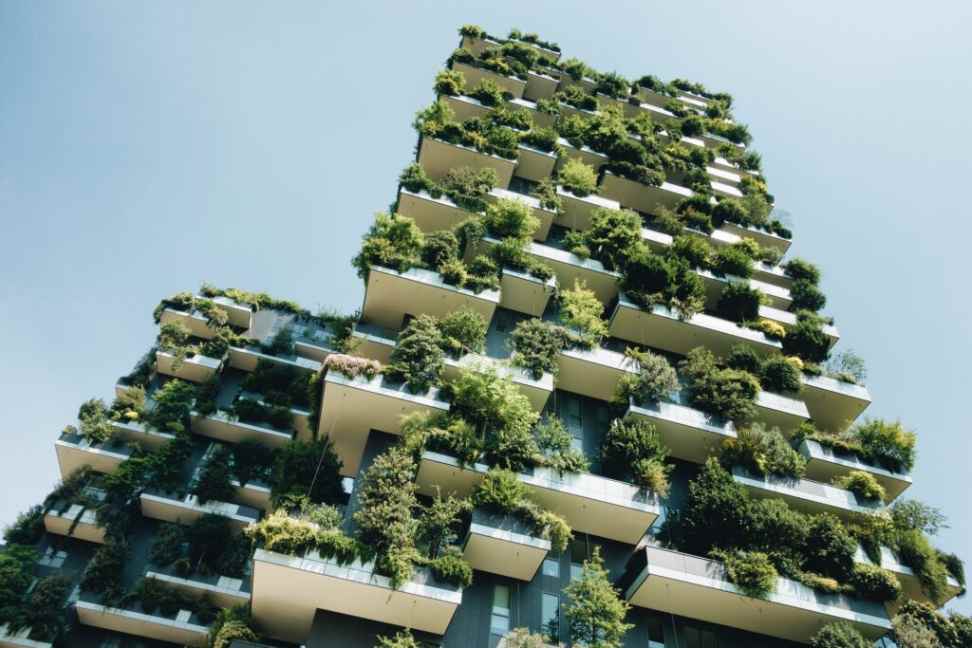King 567, Betbhai247, Apbook247: Sustainable architecture faces numerous challenges in today’s modern world. One significant obstacle is the high upfront costs associated with implementing eco-friendly designs and technologies. Many developers and builders are deterred by the initial investment required, despite the long-term economic and environmental benefits. Additionally, the lack of awareness and understanding among stakeholders about the value of sustainable architecture poses a challenge in mainstream adoption.
Another hurdle in sustainable architecture is the regulatory framework that often favors traditional construction methods over green practices. Building codes and zoning regulations may not always align with the principles of sustainability, making it difficult for architects and designers to push for environmentally-friendly solutions. Overcoming these regulatory barriers requires a collaborative effort between industry professionals, policymakers, and communities to advocate for updated standards that promote sustainable building practices.
� High upfront costs deter many developers and builders from implementing eco-friendly designs
� Lack of awareness and understanding among stakeholders about the value of sustainable architecture hinders mainstream adoption
� Regulatory framework often favors traditional construction methods over green practices
� Building codes and zoning regulations may not align with sustainability principles, making it difficult for architects to push for environmentally-friendly solutions
� Collaborative effort needed between industry professionals, policymakers, and communities to advocate for updated standards that promote sustainable building practices.
Adoption of Green Building Materials
Green building materials are becoming increasingly popular in the construction industry due to their environmentally friendly nature. These materials help reduce the overall carbon footprint of a building, contributing to a more sustainable future. By utilizing green building materials such as recycled steel, bamboo, cork, and reclaimed wood, architects and builders can create structures that are not only aesthetically pleasing but also eco-friendly.
In addition to their positive impact on the environment, green building materials also offer numerous benefits to occupants of the structures. These materials often have low VOC emissions, enhancing indoor air quality and promoting a healthier living environment. Furthermore, many green building materials are known for their durability and longevity, which can lead to reduced maintenance costs over time. By embracing the adoption of green building materials, the construction industry can play a significant role in creating a more sustainable and resilient built environment.
Integration of Renewable Energy Systems
With the increasing focus on sustainability in architecture, the integration of renewable energy systems has become a key consideration for designers and builders alike. One of the primary challenges in this integration is the high initial cost associated with implementing such systems. While renewable energy technologies have become more efficient and cost-effective over time, the upfront investment required can still be a barrier for many projects.
Another obstacle to the seamless integration of renewable energy systems is the lack of standardized guidelines and regulations. Each project may have unique requirements or limitations that can make it difficult to determine the most suitable renewable energy solution. This often results in a complex decision-making process that requires careful consideration of various factors such as energy demand, available resources, and building design constraints.
What are some challenges in implementing sustainable architecture?
Some challenges in sustainable architecture include high initial costs, lack of awareness about green building practices, and resistance to change from traditional building methods.
How can green building materials improve sustainability in construction projects?
Apbook365, Apbook Login, Goexch777: Green building materials are sourced sustainably, are energy efficient, and have low environmental impact. Using these materials can reduce carbon emissions and promote a healthier indoor environment.
What are some examples of renewable energy systems that can be integrated into buildings?
Some examples of renewable energy systems include solar panels, wind turbines, geothermal heat pumps, and biomass boilers. These systems can help reduce reliance on fossil fuels and decrease overall energy consumption.
How can the integration of renewable energy systems benefit building owners?
Integrating renewable energy systems can help building owners save on energy costs in the long run, reduce their carbon footprint, and increase the overall value of their property. Additionally, it can also lead to greater energy independence.
What are some key considerations to keep in mind when integrating renewable energy systems into a building?
Some key considerations include the location and orientation of the building, the available resources (such as sunlight or wind), the energy needs of the building, and the upfront costs of installation. It is important to conduct a thorough assessment to determine the most suitable renewable energy system for the specific building.

